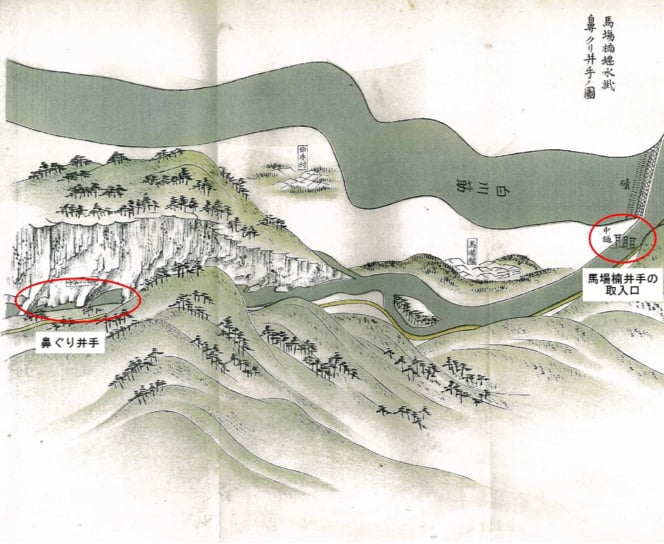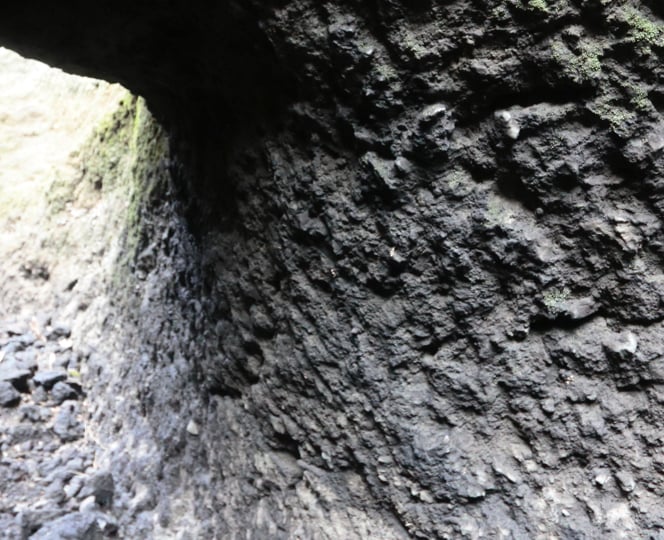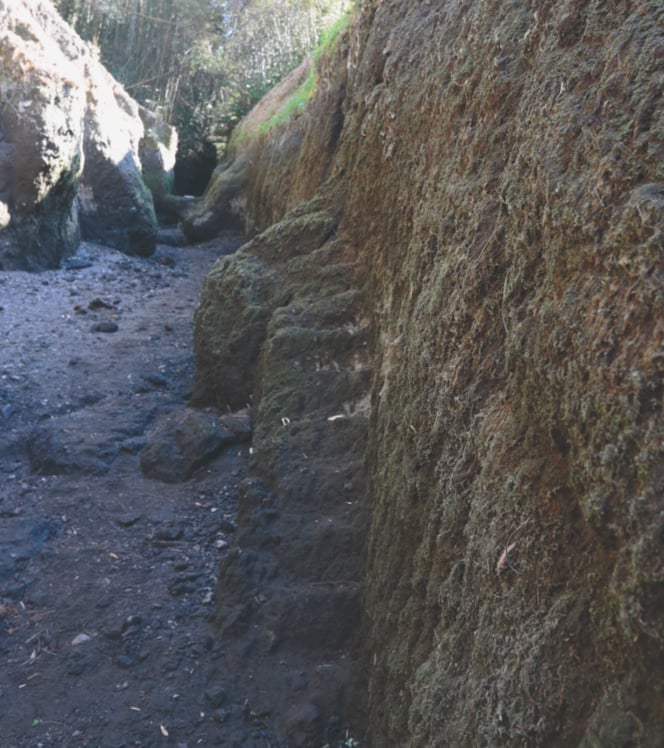Immense historical value!
A masterpiece of the public works genius Kato Kiyomasa!
For Kikuyo and the other areas mid-way down the Shirakawa, it had always been difficult to divert water from the river to irrigate their fields. When Kato Kiyomasa was put in charge of the Kumamoto Domain in 1588, he stood at the pass
over the outer caldera of Aso, gazed out over the grasslands that lay before him, and resolved to convert the land to farms and paddies so that his subjects could live more comfortably.
While Kiyomasa was most famous for building
Kumamoto Castle, he is also renowned for his accomplishments in public works and river management. With his unique ideas and considerable skills, he was able to control the water of the Shirakawa through building a number of canals
and irrigation systems.
Kiyomasa began work on the Uwaide and Shimoide Canals that would take water from the Shirakawa near Seta in Ozu to irrigate the land off the right bank of the Shirakawa. The Hosokawa clan that came to power after Kiyomasa finished the project, transforming the Ozu and Kikuyo area into one large grain-producing region. The Babakusu Ide was also built around the same time to irrigate the opposite bank of the river. This canal employs a number of ingenious tricks and ideas, and it is still in use as a water source 400 years after being built. Out of all of Kiyomasa’s public works accomplishments, the Babakusu Ide is considered his masterpiece.
Built by nobility and commoners together!
Construction of the canals took years and was very difficult. The Hanaguri Ide, with its digging into bedrock at depths up to 20 meters and carving of tunnels through rock, was the most difficult build. Centuries ago when it was built, they didn’t have any machinery or vehicles, so every step of construction was done by hand. They used chisels and hoes to dig, and straw baskets to haul out the stone and dirt.
Kiyomasa was in charge of these projects, and was said to be an inspiration to the common people. At this time in history, public works projects like this were done without pay by the local residents. Kiyomasa, however, paid those who helped with rice, and he managed labor so that workers weren’t worked too hard. The nobility and common people worked together to achieve something substantial, with the end result being the completion of the Hanaguri Ide.


